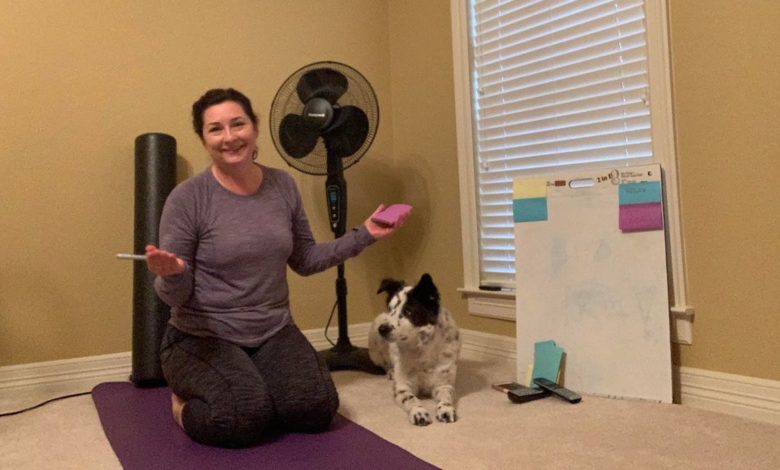
This brave new world of hybrid remote workforces is complicated. #covidchaos New mentalities are creeping into our workplaces. It ranges from unstructured and, therefore, less-productive workdays, to canceling a meeting at the last minute since it’s “just a virtual meeting.” As these habits become more prevalent, they eat away at good work culture and breed a lack of respect among colleagues. If we want to maintain productive and healthy work environments, we need to get to the root of new problems. Fortunately, we are already seeing a trend of companies troubleshooting these issues and working to keep their workforces mentally healthy and engaged.
Staying engaged with pulse surveys
Since managers are no longer able to wander the halls and check-in with their team, companies are reconsidering how to assess their employees’ status. Dr. Susan Hanold, ADP’s Vice President of HR Strategic Advisory Services, said one way to handle this is by conducting routine pulse surveys. The questions are pretty straightforward, ranging from “What tools do you need?” to “How are you staying connected?” to “Do you need more workplace flexibility, and what would this look like?” Although there is a very systematic approach to this dialogue, she has found it does not diminish the results. Hanold went on to say that this attempt to improve communication is resulting in employees who feel connected and heard. Having managers informed, and employees who feel listened to, is necessary for a company that wants to keep its remote employees engaged.
Creating new workplace cadences
Apart from discovering new ways to stay connected, companies need to help their employees create new structures. New demands are adding up at workplaces, whether the jobs are remote or in-person. Businesses need to come alongside employees and offer tips or implement some guidelines to maintain healthy cadences. For example, many employees struggle with switching zones as their projects are interrupted by the increased communications that remote work entails. Work is interrupted by endless zoom meetings and the constant explosion of emails. Hanold referenced companies that have designated two time periods a day for catching up on emails. Outside those windows, employees focus on their other tasks and don’t even check their inboxes. She noted that others have set up Fridays as a no-meeting day with a happy hour at the end of the day for networking groups. Neither of these may work for your company, but the critical aspect is the mindset. Consider taking a look at what is disrupting your employees’ workday structure and finding new cadences that can help resolve it.
Remember that virtual life is real life
Let us revisit the example mentioned in the beginning: virtual meetings. Yes, we all have way too many of them. Yes, it is annoying when they get canceled at the last minute. However, you should still apply the rules of regular in-person meetings to these virtual meetings. These guidelines involve asking yourself if the meeting were in-person: would you be expected to attend it, and is your reason valid for canceling at the last minute? When it comes to ghosting a meeting (aka being a no-show), the answer is quite simple: please don’t do it. That isn’t nice. Instead, keep in mind that we’re now seeing more flexibility in the workplace than ever before, and you may have more options. Hanold cited an overbooked employee who could not attend a virtual meeting, so instead, he offered his input in an email beforehand. That is just one example of how we can use clear communication to explain our abilities and limitations. Once we do that, we can find realistic solutions instead of sabotaging our workplace culture.
So, here is a goal for 2021: reduce work culture chaos and hold each other accountable, while still leaving room for understanding and respect. I know. It’s a tall order. This past year was a challenging and complicated time, so maintaining this balancing act is tricky. It may seem like a small, insignificant battle in the face of everything else, but as we are making leaps and bounds towards the future of work, the seeds we are planting will germinate. The technological advances we are making will come to nothing if we destroy our companies from the inside. It is vital to strive to keep our workplaces physically and mentally healthy amidst the chaos of this pandemic.
Jacquelyn Adams is a storyteller and an award-winning CEO. She lives in a world of constant exploration, whether it’s summiting Mount Kilimanjaro, vlogging about the future of work… or discovering how she’d do in a chocolate eating contest (answer: last place). Find more of her Lessons on Leadership articles here or connect with her on LinkedIn here.






